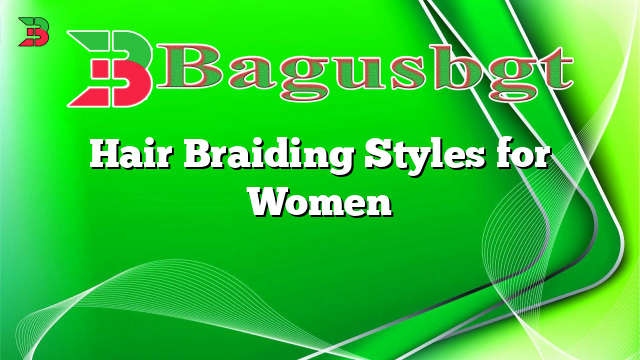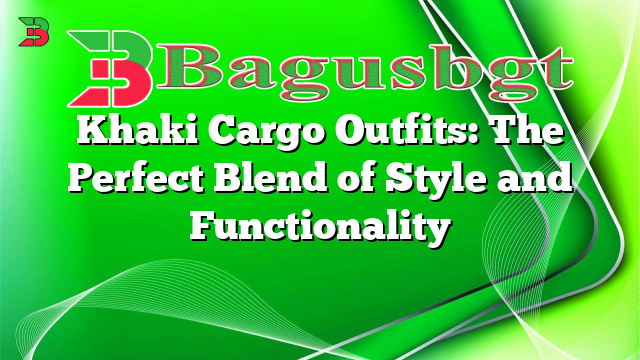Hello and welcome to our comprehensive guide on hair braiding styles for women. In this article, we will explore various braiding techniques, their advantages, disadvantages, and provide alternative options for those looking to switch up their hairstyles. Whether you are a beginner or an experienced braider, we have something for everyone. So, let’s dive in and discover the world of hair braiding!
1. French Braids
French braids are a classic and timeless hairstyle that never goes out of fashion. They involve weaving three sections of hair together, gradually adding more hair as you braid from the top of the head to the nape of the neck. French braids are versatile and can be worn casually or for formal occasions. The main advantage of French braids is that they keep the hair secure and prevent it from getting tangled. However, they can be time-consuming, especially if you are new to braiding.
2. Dutch Braids
Dutch braids, also known as “reverse French braids,” are a popular choice for women who want a stylish and edgy look. Unlike French braids, Dutch braids involve weaving the hair under the middle section instead of over it. This creates a beautiful 3D effect that stands out. Dutch braids are great for keeping the hair off the face and are suitable for all hair types. However, they may take some practice to master the technique.
3. Fishtail Braids
Fishtail braids are a trendy and chic hairstyle that adds a touch of elegance to any look. They are created by dividing the hair into two sections and intertwining small sections from each side until you reach the end. Fishtail braids work best on long hair and can be worn for both casual and formal events. One advantage of fishtail braids is that they are relatively quick to create compared to other intricate braiding styles. However, they may not hold as well for those with fine or slippery hair.
4. Box Braids
Box braids are a protective hairstyle that involves sectioning the hair into small squares and braiding each section from the root to the ends. This style is popular among women with natural hair as it allows for easy maintenance and protects the hair from damage. Box braids can be styled in various ways and can last for several weeks. However, they can be time-consuming to install and require regular maintenance to keep them looking neat.
5. Cornrows
Cornrows are tight braids that are created by weaving small sections of hair close to the scalp. This style is often associated with African culture and is suitable for various hair lengths and textures. Cornrows can be worn in simple or intricate patterns, and they can last for several weeks with proper care. However, cornrows can be painful to install, especially if the hair is pulled too tightly, and they require regular moisturization to prevent dryness and breakage.
6. Halo Braids
Halo braids, also known as crown braids, are a popular choice for special occasions such as weddings or parties. They involve creating two braids that encircle the head, resembling a halo. Halo braids can be worn with loose hair or as an updo. One advantage of halo braids is that they give a romantic and feminine look. However, they can be challenging to create on your own and may require assistance or practice.
7. Waterfall Braids
Waterfall braids are a delicate and intricate hairstyle that creates the illusion of cascading hair. They involve dropping small sections of hair while braiding, creating a waterfall effect. Waterfall braids are perfect for special occasions and can be adorned with flowers or accessories for an extra touch. However, they require patience and precision to achieve the desired look, and they may not hold well for those with slippery or fine hair.
8. Rope Braids
Rope braids, also known as twist braids, are a simple yet stylish hairstyle that adds texture and volume to the hair. They are created by dividing the hair into two sections and twisting them around each other until the end. Rope braids are versatile and can be worn in various ways, including ponytails or updos. One advantage of rope braids is that they can be done quickly and are suitable for both casual and formal occasions. However, they may not hold well for those with very smooth or silky hair.
9. Milkmaid Braids
Milkmaid braids are a romantic and feminine hairstyle that is perfect for summer or boho-inspired looks. They involve creating two braids on each side of the head and crossing them over the top, resembling a milkmaid’s crown. Milkmaid braids can be worn with loose hair or as an updo. The advantage of milkmaid braids is that they keep the hair off the face and create a polished and put-together look. However, they may require assistance or practice to achieve the desired symmetry.
10. Twist Braids
Twist braids, also known as Senegalese twists or rope twists, are a popular choice for women with natural hair or those looking for a low-maintenance hairstyle. They involve twisting two strands of hair together from the root to the ends. Twist braids can be worn in various lengths and sizes and can last for several weeks with proper care. The advantage of twist braids is that they protect the hair and allow for easy styling. However, they can be time-consuming to install and may require professional help for beginners.
Alternative Hair Braiding Styles
If you are looking for alternative hair braiding styles, you may consider the following options:
- Micro Braids
- Crochet Braids
- Herringbone Braids
- Tree Braids
- Feather Braids
Each of these styles has its unique advantages and disadvantages, so it’s essential to consider factors such as hair type, desired look, and maintenance before making a decision.
Hair Braiding Styles for Women – Complete Guide
Braiding Style |
Advantages |
Disadvantages |
|---|---|---|
French Braids |
Timeless and versatile |
Can be time-consuming |
Dutch Braids |
Stylish and edgy |
May require practice |
Fishtail Braids |
Elegant and quick to create |
May not hold well for all hair types |
Box Braids |
Protective and versatile |
Time-consuming to install and maintain |
Cornrows |
Great for various hair lengths and textures |
Painful to install and require regular moisturization |
Halo Braids |
Romantic and feminine |
Challenging to create on your own |
Waterfall Braids |
Delicate and perfect for special occasions |
Require patience and precision |
Rope Braids |
Quick and add texture to the hair |
May not hold well for very smooth hair |
Milkmaid Braids |
Polished and keep hair off the face |
May require assistance or practice for symmetry |
Twist Braids |
Protective and low-maintenance |
Time-consuming to install for beginners |
Conclusion
There you have it – a comprehensive guide on hair braiding styles for women. Whether you prefer classic and timeless looks like French braids or more intricate styles like waterfall braids, there is a braiding technique for everyone. Remember to consider factors such as hair type, desired look, and maintenance before choosing a style. With practice and patience, you can master the art of hair braiding and experiment with various styles to express your personal style and creativity.
Frequently Asked Questions (FAQ)
Q: How long does it take to learn hair braiding?
A: The time it takes to learn hair braiding varies from person to person. With practice, you can start mastering basic braiding techniques within a few weeks.
Q: Can I braid my hair if it’s short?
A: Yes, you can still braid your hair even if it’s short. However, some braiding styles may require a certain length of hair to achieve the desired look. For short hair, you can try smaller braids or opt for braided accents to add some texture and style to your hair.
Q: How do I maintain braided hair?
A: To maintain braided hair, it’s essential to keep your scalp and braids clean. You can wash your braids using a mild shampoo and conditioner, making sure to rinse thoroughly and pat dry. Avoid pulling or tugging on the braids to prevent damage, and moisturize your scalp and braids regularly to prevent dryness. Also, remember to protect your braids while sleeping by covering them with a satin or silk scarf or using a satin pillowcase.
Q: Can I add extensions to my braids?
A: Yes, you can add extensions to your braids to create longer or fuller styles. Extensions can be made from synthetic or human hair and come in various colors and textures. When adding extensions, it’s crucial to ensure they are securely attached to prevent them from slipping or causing discomfort.
Q: How long can I keep braids in?
A: The duration you can keep braids in depends on various factors, including the braiding technique used, hair type, and how well you maintain them. Generally, braids can last anywhere from a few weeks to a couple of months. It’s essential to listen to your hair and remove the braids if you notice any signs of damage or excessive tension on your scalp.
Q: Can I style my braids differently each day?
A: Yes, you can style your braids differently each day to switch up your look. Braids are versatile and can be transformed into various updos, ponytails, or half-up styles. You can also accessorize your braids with hairpins, ribbons, or beads to add a unique touch.
Now that you have all the information you need about hair braiding styles for women, it’s time to unleash your creativity and experiment with different looks. Remember to take care of your hair and scalp while braiding, and have fun expressing your personal style through beautiful braided hairstyles!
 Bagus Banget Kumpulan Informasi terbaru dari berbagai sumber yang terpercaya
Bagus Banget Kumpulan Informasi terbaru dari berbagai sumber yang terpercaya






